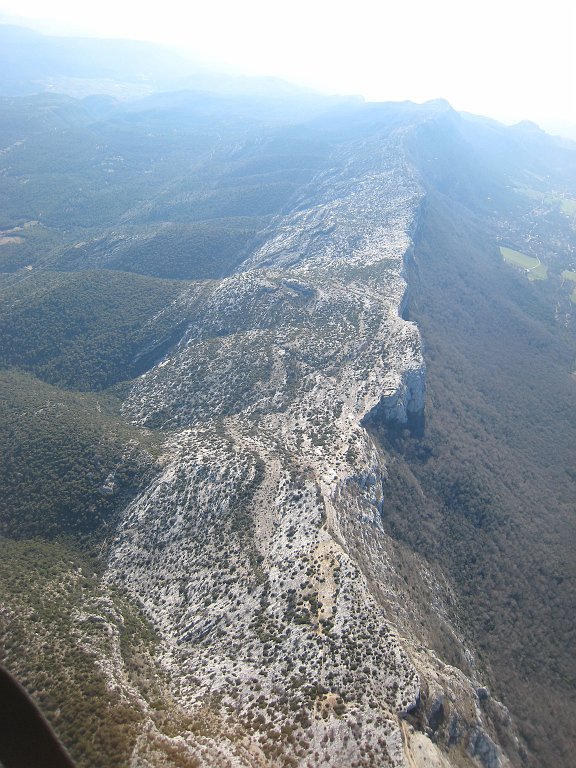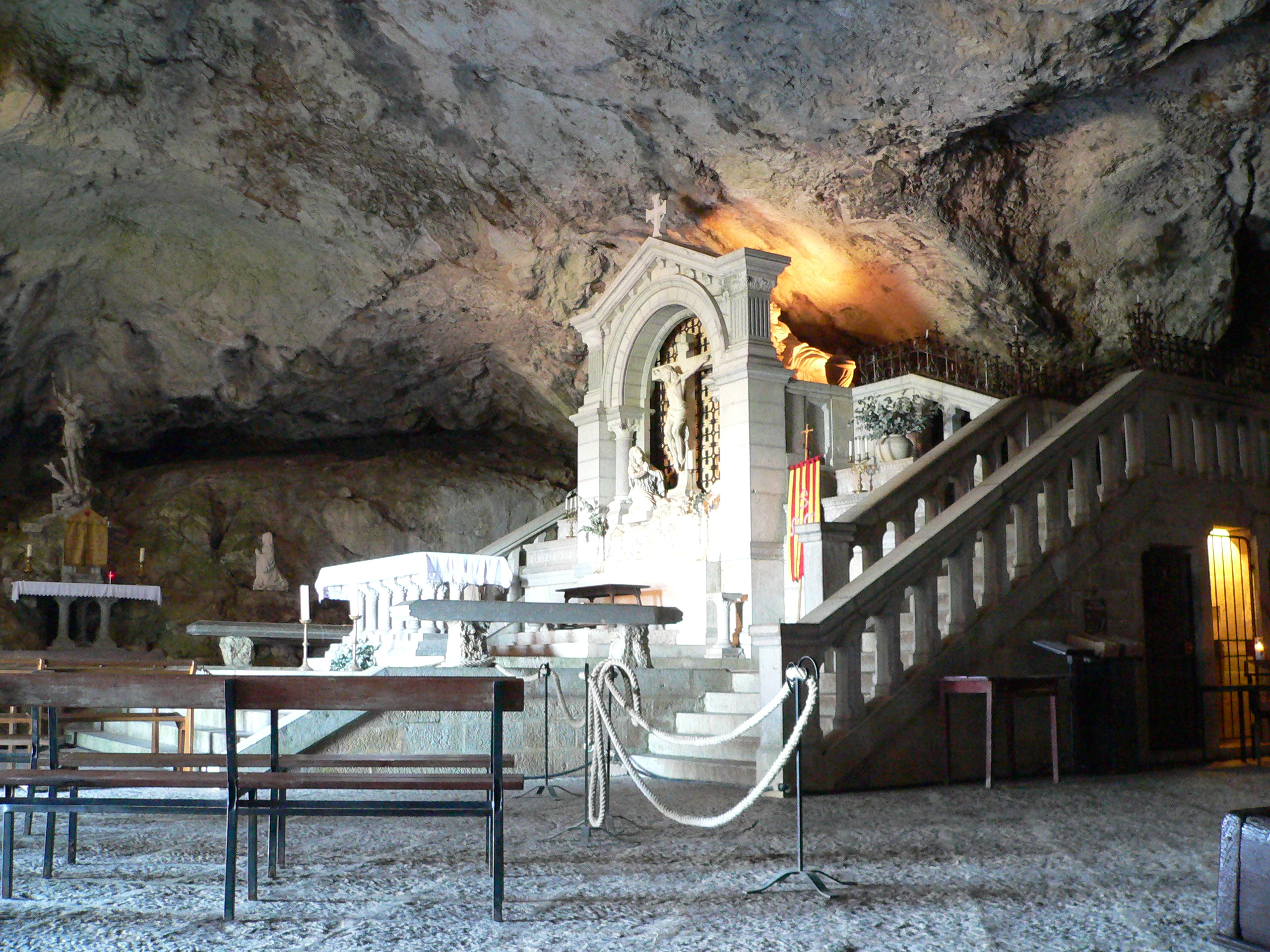"Notre Dame’s treatment of Fr. Weslin is a despicable disgrace, the responsibility for which falls directly and personally upon yourself"
A law professor from my old stomping grounds has strong words for Notre Dame University President Fr. John Jenkins for refusing to drop criminal trespass charges against 88 peaceful pro-life activists who protested Obama's visit earlier this year. Among the trespassers was 79-year-old priest Fr. Norman Weslin, handcuffed and dragged away while singing "Immaculate Mary."
From the letter:
Such treatment of such a priest may be the lowest point in the entire history of Notre Dame. You would profit from knowing Fr. Weslin. Notre Dame should give Fr. Weslin the Laetare Medal rather than throw him in jail. Norman Weslin, born to poor Finnish immigrants in upper Michigan, finished high school at age 17 and joined the Army. He converted from the Lutheran to the Catholic faith and married shortly after earning his commission. He became a paratrooper and rose to the rank of Lieutenant Colonel in the 82nd Airborne Division, obtaining his college degree enroute. After a distinguished career, he retired in 1968. As the legalization of abortion intensified, he and his wife, Mary Lou, became active pro-lifers in Colorado. In 1980, Mary Lou was killed by a drunk driver. Norman personally forgave the young driver. Norman Weslin was later ordained as a Catholic priest, worked with Mother Teresa in New York and devoted himself to the rescue of unborn children through nonviolent, prayerful direct action at abortuaries.The full letter is here.
...
Please permit me to speak bluntly about your announced purpose to participate in the March for Life and to “invite other members of the Notre Dame Family to join me.” Notre Dame should have had an official presence at every March for Life since 1973. But until now it never has. ... To put it candidly, it would be a mockery for you to present yourself now at the March, even at the invitation of Notre Dame students, as a pro-life advocate while, in practical effect, you continue to be the jailer, as common criminals, of those persons who were authentic pro-life witnesses at Notre Dame. When the pictures of Fr. Weslin’s humiliation and arrest by your campus police was flashed around the world it did an incalculable damage to Notre Dame that can be partially undone only by your public and insistent request, as President of Notre Dame, that the charges be dropped.
...
If you appear at the March as the continuing criminalizer of those pro-life witnesses, you predictably will earn not approbation but scorn—a scorn which will surely be directed toward Notre Dame as well.
...
In conclusion, this letter is not written in a spirit of contention. It is written rather in the mutual concern we share for Notre Dame—and for her university. I hope you will reconsider your positions on these matters. Our family prays for you by name every night. And we wish you success in the performance of your obligations to the University and all concerned.
Sincerely,
Charles E. Rice
Professor Emeritus
Notre Dame Law School
 The
The 











